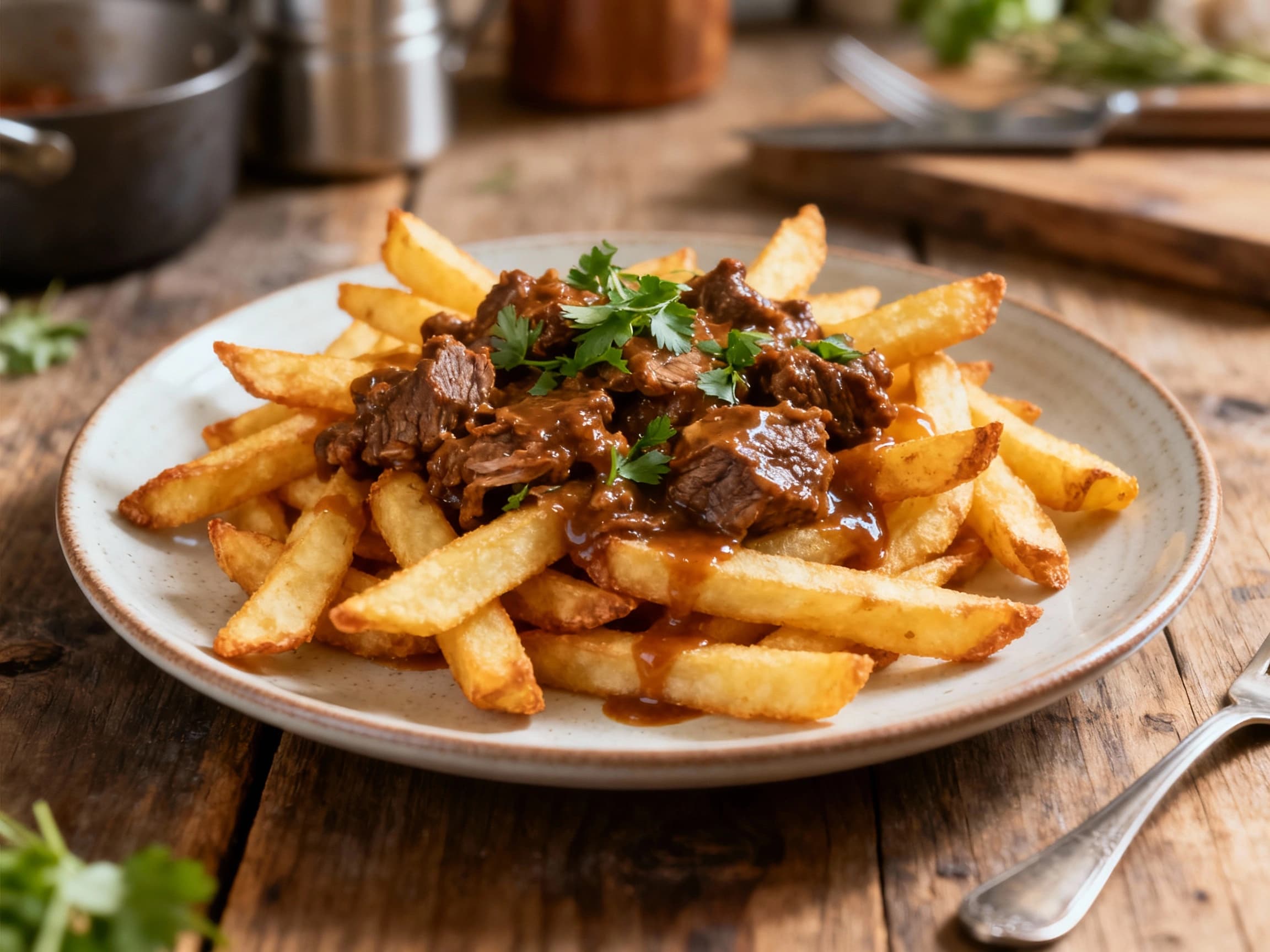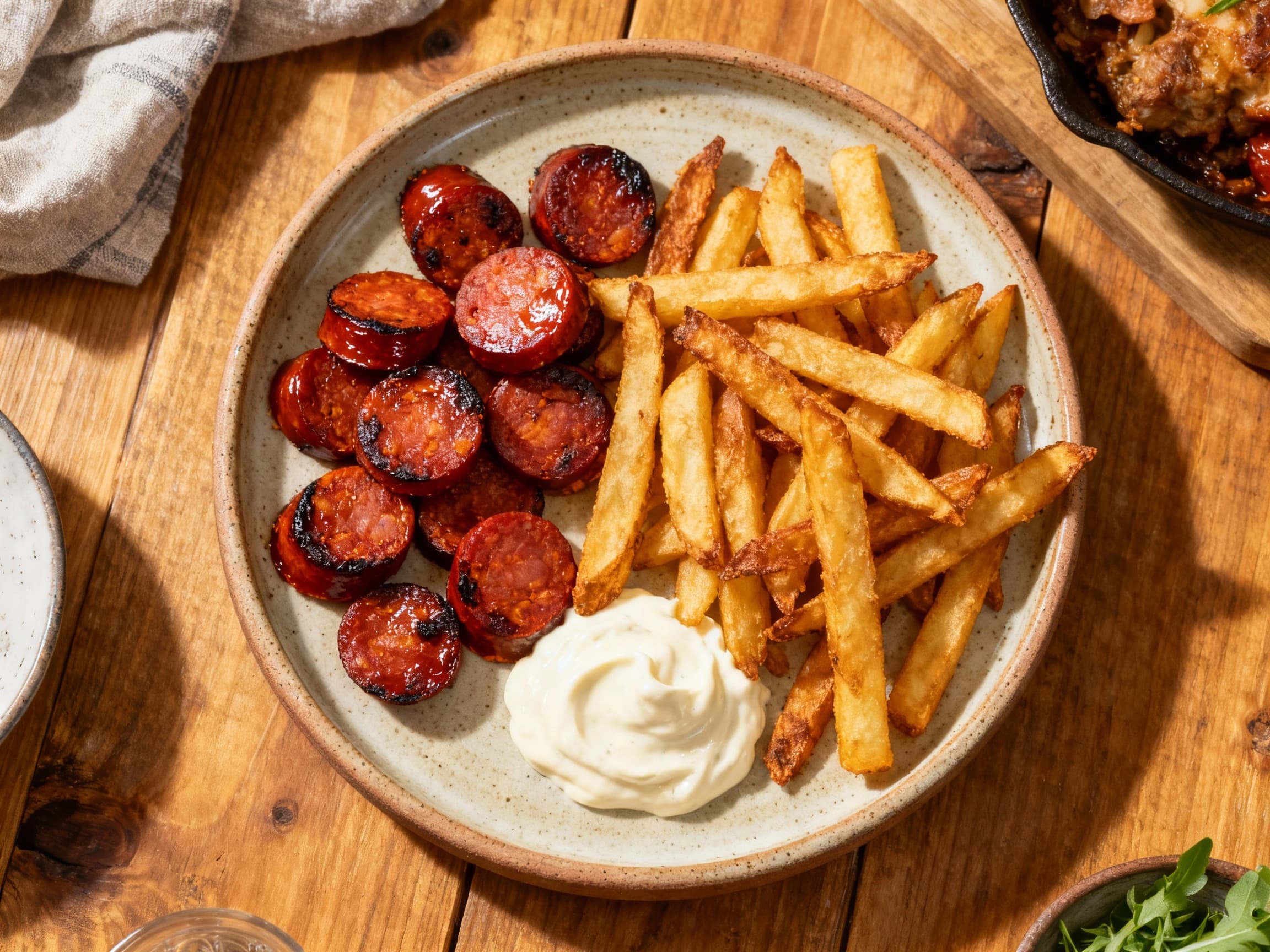
Belgian Fries
Frites / Frieten
- Country
- Belgium
- Region
- Not specified
- Recipes
- 3 Recipes
Dish information
Frites, or frieten in Dutch, are more than just a side dish in Belgium; they are a cultural icon and a source of national pride. The exact origin of the French fry is debated, with Belgium and France both claiming to be its birthplace. However, Belgian tradition dictates that the deep-fried potato strips gained prominence in the region of Namur (in modern-day Belgium) during the late 17th century. Legend has it that local villagers frequently fried small fish from the Meuse River, but when the river froze over during a harsh winter, they resorted to cutting potatoes into similar shapes and frying them. Although this story is anecdotal, it highlights the long-standing tradition of frites in the region. Belgium is unique in its dedication to the art of the frites, characterized by the double-frying technique. The first fry cooks the potato until tender, and the second fry renders them perfectly crisp and golden. This method, perfected over centuries, yields a superior texture and flavor. They are traditionally served in a paper cone, often from 'fritkots' (fry stands), and accompanied by a wide array of sauces, with mayonnaise being the most classic. The adoption of the potato as a staple food in Europe, particularly after the 18th century, paved the way for the rise of frites. Belgium has embraced this culinary heritage wholeheartedly, establishing fritkots as ubiquitous fixtures in towns and cities across the country.
Timeline
Anecdotal origins in Namur, Belgium, as river fish became scarce
Potatoes become a staple food crop in Belgium
Street vendors begin popularizing deep-fried potato strips
The double-frying technique becomes standard practice
The first automated 'fritkot' serving kiosks appear
Belgian culinary authorities establish guidelines for authentic frites


